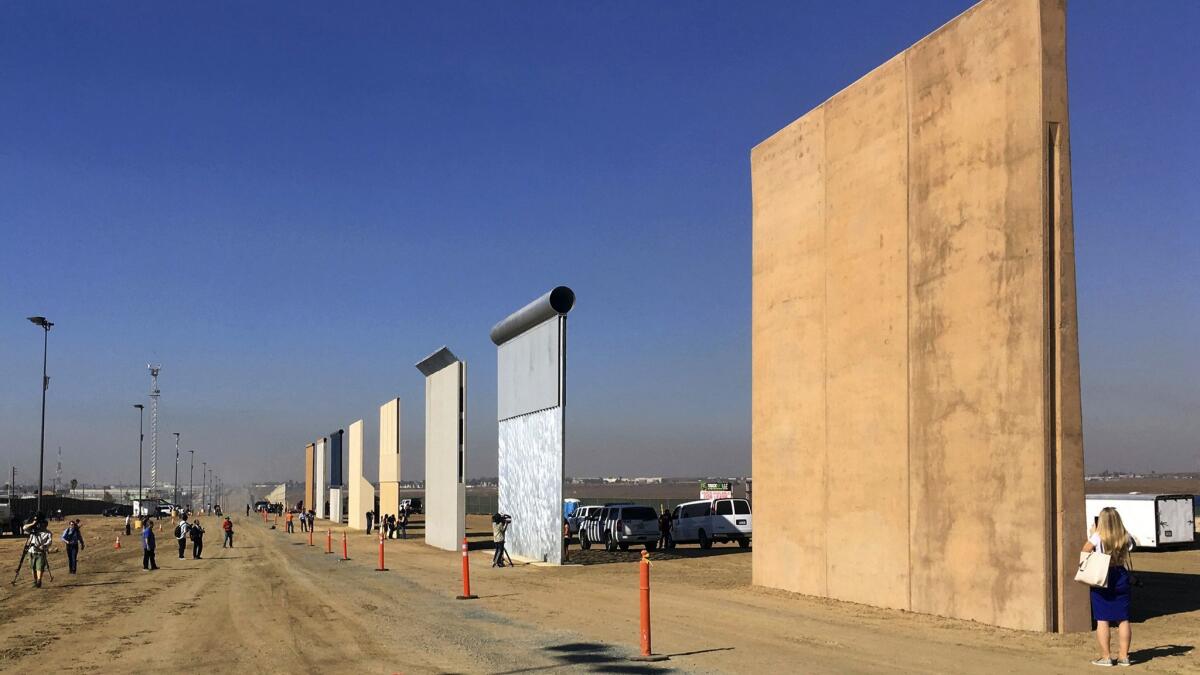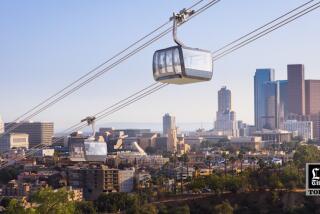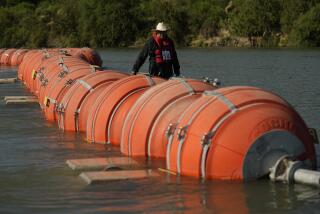New questions arise over the costs of Trump’s border wall plans

As the Trump administration pushes Congress for billions to fund a border wall, a new government oversight report cautioned that officials need to do more cost analysis and documented planning.
The Government Accountability Office report questioned the Trump administration’s method for prioritizing where to construct border barriers and said the administration should factor in location-specific cost estimates when deciding where to build. That would make sure that Customs and Border Protection uses its limited resources in a cost-effective way, the report said.
“[The Department of Homeland Security] faces an increased risk that the Border Wall System Program will cost more than projected, take longer than planned, or not fully perform as expected,” the report says, using the Trump administration’s name for current border barrier projects.
Jim Crumpacker of CBP told GAO officials that CBP prioritizes construction locations based on operational need and considers cost when selecting the type of barrier to install.
“CBP is following best practices in evaluating costs, budget, and financial impact,” Crumpacker said in a letter to GAO published with the report.
In fiscal 2017 and 2018, Congress has given the Trump administration about $1.6 billion for border barrier construction, mostly for replacement fencing projects. Those barriers will cover at least 80 miles of the Southwest border.
The administration has asked for another $1.6 billion in fiscal 2019 for a 65-mile project in Texas.
Fencing-replacement work has already begun in El Centro and San Diego on primary fencing — the barrier closest to Mexico.
More than $250 million of fiscal 2018 funding is supposed to replace 14 miles of a second layer of fencing in San Diego. That construction has not yet begun.
According to the report, it is not yet clear what that new barrier will look like or how much it will cost.
In documentation reviewed by GAO officials, the cost estimate for that 14-mile secondary fence in San Diego is based on a 30-foot concrete barrier.
However, Border Patrol agents need to be able to see through border barriers, the report says, so CBP does not plan to build opaque designs. Six of the eight border wall prototypes at Otay Mesa are opaque, the report notes.
New construction can’t look like any of the prototypes because Congress limited funding to designs that were already in use before the border wall prototypes were built. CBP officials told the report’s authors that they never intended to select a winning prototype but rather wanted to test them to inform future design strategies.
According to the report, CBP’s test teams determined that all of the prototypes would have construction challenges. The four concrete prototypes presented “extensive” challenges, the most severe.
Two of the non-concrete prototypes presented “substantial” challenges, and the remaining two had “moderate” challenges.
CBP officials originally wanted to use a new design for the San Diego project, and in March said that they would use an existing design with bollards — posts that are close together so people can’t pass between them. The barrier may be customized with anti-climb features inspired by the prototypes, the report says.
According to the report, CBP officials at first said the San Diego project didn’t need rounds of planning review and approval. After conversations with the report’s officers, DHS said it would conduct the required reviews by the end of September.
“It is misleading and inaccurate for GAO to say that progress is not being documented or to imply that progress is not being tracked,” responded CBP’s Crumpacker in the letter.
The report also pointed out that DHS didn’t require post-construction review of its projects until after most of the current border fencing was already built. CBP told the report’s authors that the agency would follow current review requirements to analyze new barriers’ effectiveness.
DHS spokeswoman Katie Waldman said that the current barriers have already reduced the number of people trying to sneak into the U.S.
More to Read
Sign up for Essential California
The most important California stories and recommendations in your inbox every morning.
You may occasionally receive promotional content from the Los Angeles Times.










